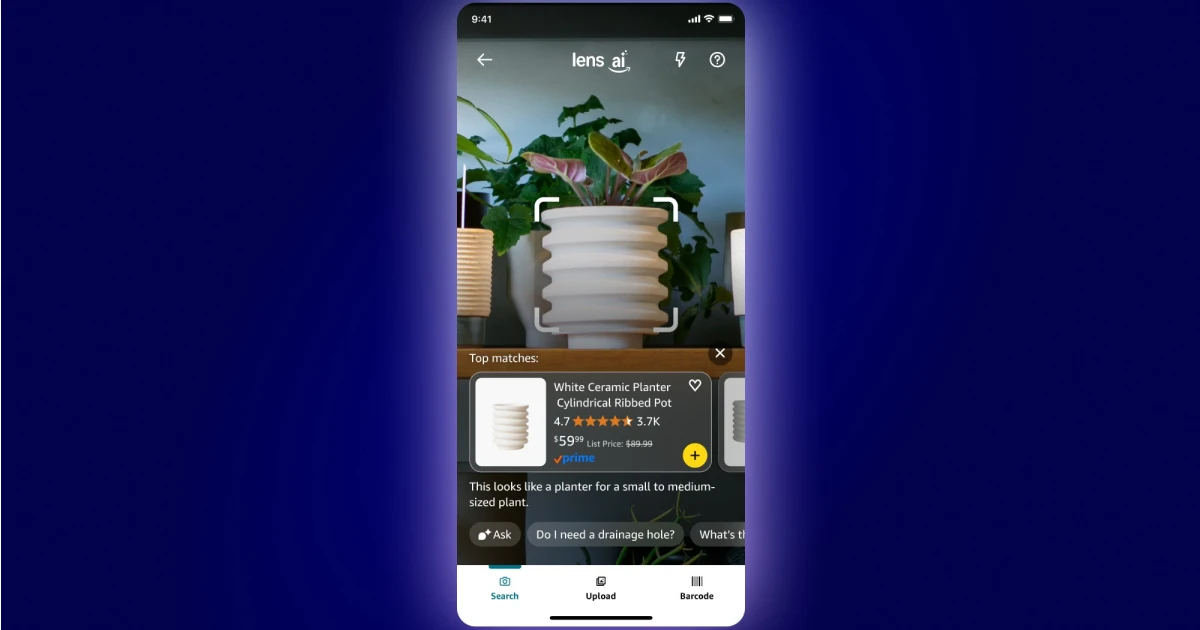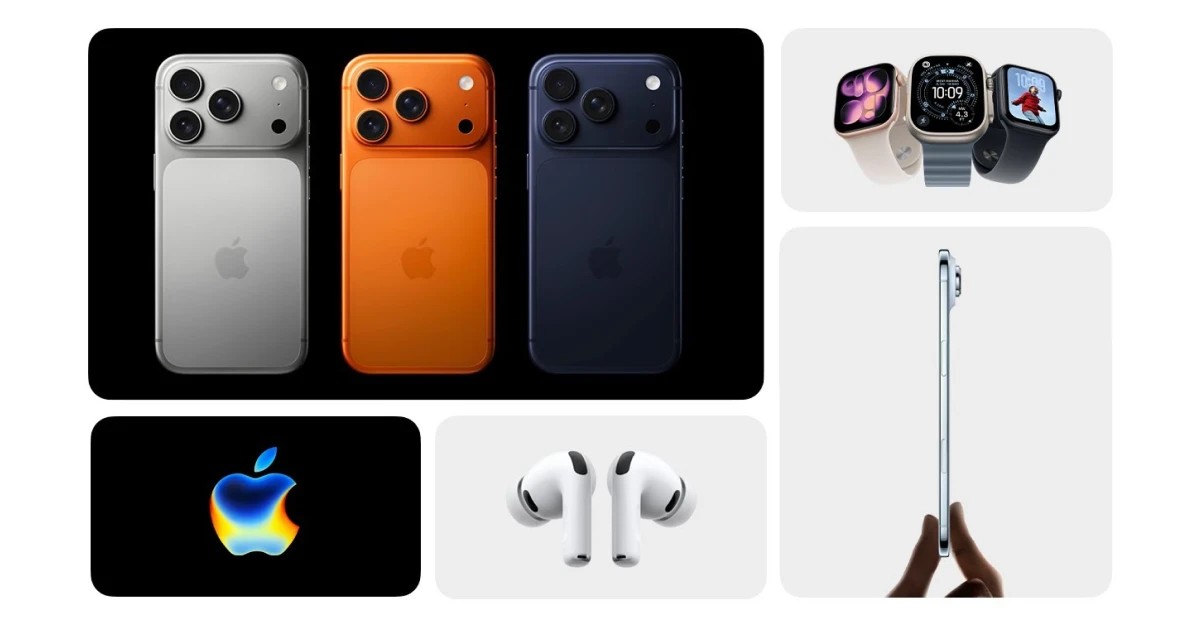increase profitability and revenue.
There’s no denying that conversational AI technologies and chatbots are revolutionizing communication between businesses and customers. Can you believe that 15 years ago, there was no Alexa or Siri? Back then, the idea that we could ever hold an intelligent conversation with a computer was still a sci-fi concept.
But things have changed. Nowadays, conversational AI and chatbots have become an essential part of our company’s operation – whether for improving customer experience (CX), driving sales, or even company support. In fact, the global market size is expected to boom from $5.78 billion in 2020 to $32.62 billion in 2030.
So, what will the future look like in the conversational AI market? What are the conversational AI trends in 2024?
Trends in Conversational AI
Here are the conversational AI trends that we will likely see implemented in 2024. So, stay tuned because these AI chatbots are taking over the world.
Hyper-Personalization
As technology advances, the need for personalization is growing more and more – in all industries. And conversational AI platforms are no different. 73% expect that the representatives that they are talking to will understand and resolve their requests. Since AI-powered technologies are increasingly adept at decoding customer behaviors, high-performing analytics will be necessary for any conversational AI platform. This way, we can analyze past interactions to predict our customers’ needs and pain points and create customized solutions and interactions. This will drive hyper-personalization and, overall, provide a great experience for our customers.
Voice AI Recognition
Yes, phone calls are usually used to resolve more complex customer issues. However, advancements in Voice AI recognition have added a new feature: emotion recognition technologies. This allows any conversational AI platform to detect the tone in our customer’s voice, creating an empathetic response rather than a robotic one. This trend shows that we, as businesses, now understand not just what our customers say but also how they feel and their situation. For this reason, it will make customer service feel more personal and friendly.
Multimodal, Multichannel, and Multilingual AI Systems
Multimodal AI systems combine multiple types of data inputs – text, voice memos, images, and even videos. This way, the conversations feel more natural and immersive, using all types of command channels or languages – voice commands, simple text inputs, emojis, or even facial expressions.
“We are seeing over half of potential customers looking to leverage a multimodal experience as the first implementation. They are also seeing 90% of customers leveraging two or more channels — often starting with voice and then moving to WhatsApp, web chat or SMS.” – stated Andrei Papancea, CEO or NLX.
Customers prefer to communicate with brands through different channels. In 2022, emails were the top choice for 64% of people, while 47% preferred website or app chats. At the same time, 36% of customers were interacting through social media, while 28% were through text messages. For this reason, businesses have started reaching people on multiple platforms more and more.
Complex Conversations
Deloitte has stated that the next step in the advancement of any conversational AI platform is handling more complex conversations with customers. And it makes sense! Until now, AI chatbots mostly relied on rules-based algorithms, which, unfortunately, might result in incomplete or even wrong answers. Even more so, sometimes, these bots might not even deduce when it’s time to transfer the conversation to a human.
However, because an AI chatbot is continuously fed information, it can eventually improve its ability to understand and address both simple and complex inquiries. And this is something that we’re likely to see more and more implemented in 2024. But even if a conversational AI chatbot can’t fully help a user with their issues, it might be able to collect valuable information so that the human representative can find solutions more quickly than before.
Integration with Other Technologies
Once conversational AI and other advanced technologies like VR, AR, or MR join forces together, the entire digital customer journey will be revolutionized. In 2024, this will be one of the trends that we’re most excited about.
We already know that VR and AR tools allow us to interact virtually with the product. Believe it or not, 71% of customers have stated that they have started shopping more frequently with AR technology. When we combine AI algorithms with such immersive technologies, we can receive real-time information about the product, support, and even guided assistance. So, when these algorithms advance, they will offer customers an immersive and personalized customer experience – like never before.
Conversational AI is becoming increasingly advanced – improving the entire CX process and paving the way for more interactive interactions. And in 2024, we’re excited to see the evolution of these conversational AI trends and how they will shape the future of customer experience.





.webp)










